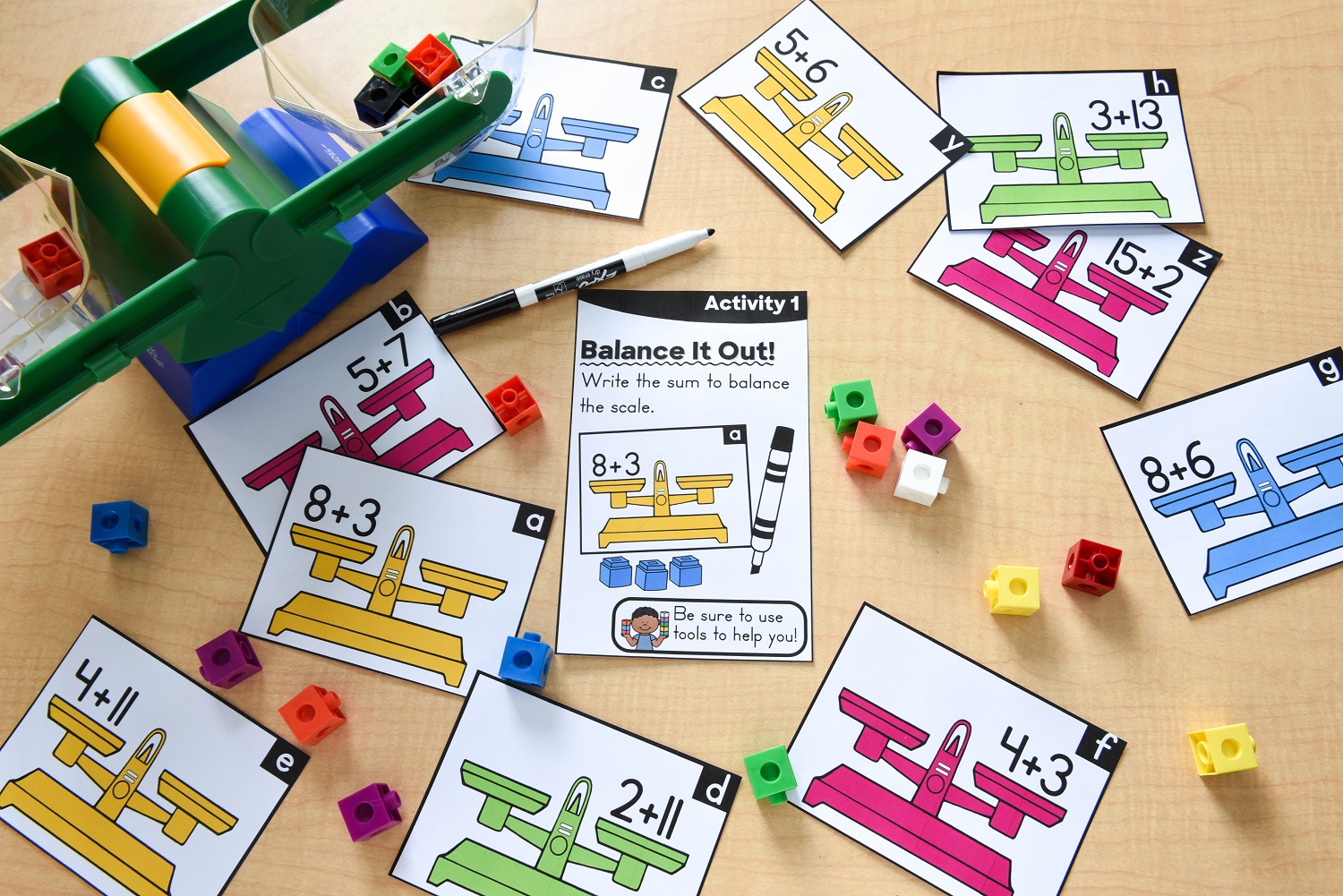When it comes to caring for bottom-feeding fish, the right diet is crucial for their health and well-being. Hikari algae wafers are a popular choice among aquarists for their high-quality ingredients and nutritional value. This article delves into the best practices for feeding Hikari algae wafers to your bottom feeders, ensuring they thrive in their aquatic environment.
Understanding Hikari Algae Wafers
Hikari algae wafers are specially formulated to meet the dietary needs of herbivorous and omnivorous bottom feeders. They contain a blend of high-quality ingredients, including spirulina, which is rich in essential vitamins and minerals. These wafers are designed to sink quickly, making them accessible to species like catfish, plecos, and loaches.
The Importance of a Balanced Diet
A balanced diet is vital for the health of your fish. Bottom feeders often have different nutritional requirements compared to mid-water and surface-dwelling species. Hikari algae wafers can provide the necessary nutrients, but they should be part of a well-rounded diet. Consider the following:
- Variety is Key: Incorporate other foods such as freeze-dried bloodworms, vegetables, and high-quality flakes to ensure a complete diet.
- Nutritional Needs: Research the specific dietary requirements of your fish species to tailor their diet accordingly.
- Monitor Health: Keep an eye on your fish’s behavior and appearance. If they seem lethargic or unwell, reassess their diet.
Feeding Tips for Hikari Algae Wafers
Feeding Hikari algae wafers may seem straightforward, but there are several tips to enhance the feeding experience for your fish:
1. Proper Portion Size

Overfeeding can lead to water quality issues and health problems for your fish. Here’s how to determine the right amount:
- Observe Behavior: Start with a small number of wafers (1-2 wafers per 10 fish) and observe how quickly they are consumed.
- Adjust Accordingly: If the wafers are gone within a few hours, you can gradually increase the amount. If they remain uneaten for more than a few hours, reduce the portion.
2. Timing of Feeding
The timing of your fish feedings can impact their health and behavior. Consider the following:
- Evening Feedings: Most bottom feeders are nocturnal and prefer to forage after the lights go out. Feed them in the evening to mimic their natural behavior.
- Consistency: Maintain a regular feeding schedule, as consistency helps fish anticipate feeding times.
3. Placement of Wafers

Where you place the wafers in the tank can influence how well they are consumed:
- Near Hiding Spots: Place the wafers near rocks, decorations, or plants where your fish feel safe.
- Avoid Surface Feeding: Ensure the wafers sink quickly to prevent surface feeders from eating them before the bottom feeders can access them.
4. Monitor Water Quality

Uneaten food can quickly deteriorate water quality. To combat this:
- Remove Leftovers: After a few hours, remove any uneaten wafers to prevent decay and ammonia spikes.
- Regular Water Changes: Perform regular water changes (10-20% weekly) to maintain optimal water conditions.
Case Studies: Success with Hikari Algae Wafers
Many aquarists have reported success using Hikari algae wafers as a staple in their bottom feeder diets. For instance:
- Case Study 1: A community tank with various fish species, including catfish and plecos, thrived when Hikari algae wafers were introduced into their diet. The owner reported improved growth rates and vibrant colors.
- Case Study 2: A breeder of loaches found that incorporating Hikari algae wafers along with fresh vegetables resulted in healthy breeding pairs and successful fry rearing.
Potential Challenges and Solutions

While Hikari algae wafers are an excellent food option, some challenges may arise:
1. Fish Not Eating

If your fish seem disinterested in the wafers, consider the following:
- Freshness: Ensure the wafers are fresh and not expired. Check packaging for the best-by date.
- Alternative Foods: Offer alternative foods to entice them, such as blanched spinach or zucchini.
2. Aggression During Feeding

Some species may become aggressive during feeding times:
- Multiple Feeding Stations: Disperse wafers around the tank to prevent competition and aggression.
- Separate Feeding: If aggression persists, consider separate feeding in a temporary container.
Feeding your bottom-feeding fish with Hikari algae wafers can greatly enhance their diet and overall health. By understanding their unique dietary needs, offering appropriate portion sizes, and maintaining a consistent feeding schedule, you can ensure your fish receive the nutrition they require. Monitoring water quality and addressing any potential challenges will further contribute to a thriving aquarium environment.
In summary, keep the following key takeaways in mind:
- Provide a balanced diet with Hikari algae wafers as a staple.
- Adjust portion sizes based on consumption and monitor fish behavior.
- Feed during evening hours and place food strategically in the tank.
- Regularly check and maintain water quality to support fish health.
With these tips and practices, you can successfully incorporate Hikari algae wafers into your bottom feeders’ diet, promoting their health and vitality for years to come.

